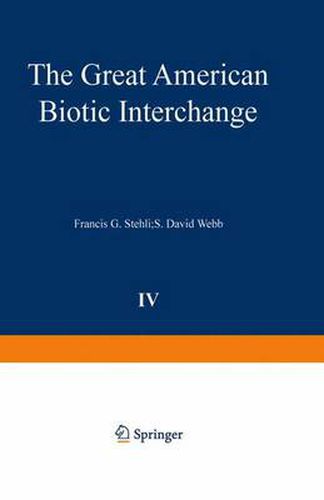Readings Newsletter
Become a Readings Member to make your shopping experience even easier.
Sign in or sign up for free!
You’re not far away from qualifying for FREE standard shipping within Australia
You’ve qualified for FREE standard shipping within Australia
The cart is loading…






This title is printed to order. This book may have been self-published. If so, we cannot guarantee the quality of the content. In the main most books will have gone through the editing process however some may not. We therefore suggest that you be aware of this before ordering this book. If in doubt check either the author or publisher’s details as we are unable to accept any returns unless they are faulty. Please contact us if you have any questions.
Two rather different elements combine to explain the origin of this volume: one scientific and one personal. The broader of the two is the scientific basis-the time for such a volume had arrived. Geology had made remarkable progress toward an understanding of the phys ical history of the Caribbean Basin for the last 100 million years or so. On the biological side, many new discoveries had elucidated the distributional history of terrestrial orga nisms in and between the two Americas. Geological and biological data had been combined to yield the timing of important events with unprecedented resolution. Clearly, when each of two broad disciplines is making notable advances and when each provides new insights for the other, the rewards of cross-disciplinary contacts increase exponentially. The present volume represents an attempt to bring together a group of geologists, paleontologists and biologists capable of exploiting this opportunity through presentation of an interdisciplinary synthesis of evidence and hypothesis concerning interamerican connections during the Cretaceous and Cenozoic. Advances in plate tectonics form the basis for a modern synthesis and, in the broadest terms, dictate the framework within which the past and present distributions of organisms must be interpreted. Any scientific dis cipline must seek tests of its conclusions from data outside of its own confines.
$9.00 standard shipping within Australia
FREE standard shipping within Australia for orders over $100.00
Express & International shipping calculated at checkout
This title is printed to order. This book may have been self-published. If so, we cannot guarantee the quality of the content. In the main most books will have gone through the editing process however some may not. We therefore suggest that you be aware of this before ordering this book. If in doubt check either the author or publisher’s details as we are unable to accept any returns unless they are faulty. Please contact us if you have any questions.
Two rather different elements combine to explain the origin of this volume: one scientific and one personal. The broader of the two is the scientific basis-the time for such a volume had arrived. Geology had made remarkable progress toward an understanding of the phys ical history of the Caribbean Basin for the last 100 million years or so. On the biological side, many new discoveries had elucidated the distributional history of terrestrial orga nisms in and between the two Americas. Geological and biological data had been combined to yield the timing of important events with unprecedented resolution. Clearly, when each of two broad disciplines is making notable advances and when each provides new insights for the other, the rewards of cross-disciplinary contacts increase exponentially. The present volume represents an attempt to bring together a group of geologists, paleontologists and biologists capable of exploiting this opportunity through presentation of an interdisciplinary synthesis of evidence and hypothesis concerning interamerican connections during the Cretaceous and Cenozoic. Advances in plate tectonics form the basis for a modern synthesis and, in the broadest terms, dictate the framework within which the past and present distributions of organisms must be interpreted. Any scientific dis cipline must seek tests of its conclusions from data outside of its own confines.